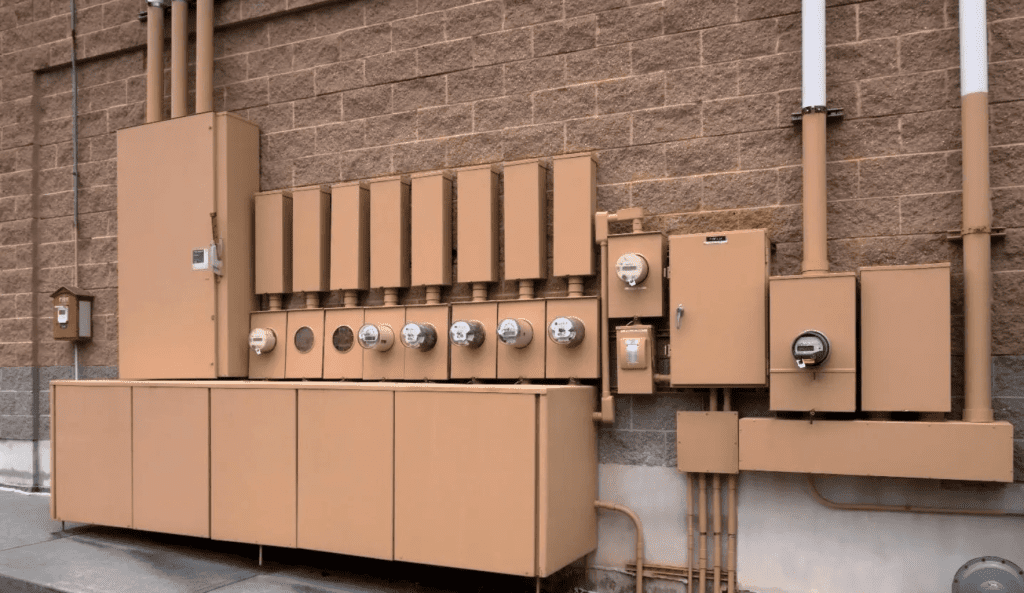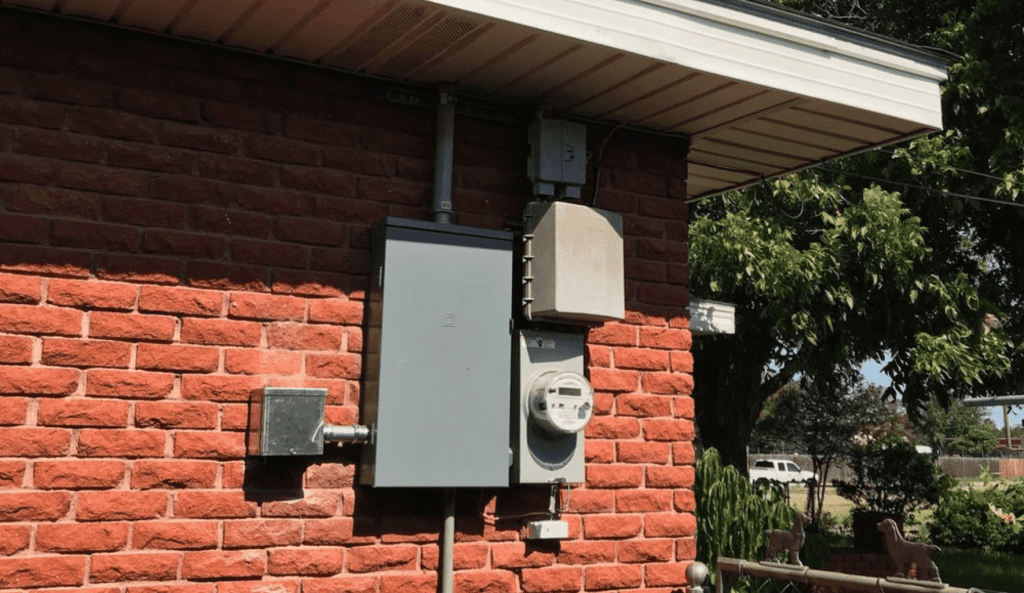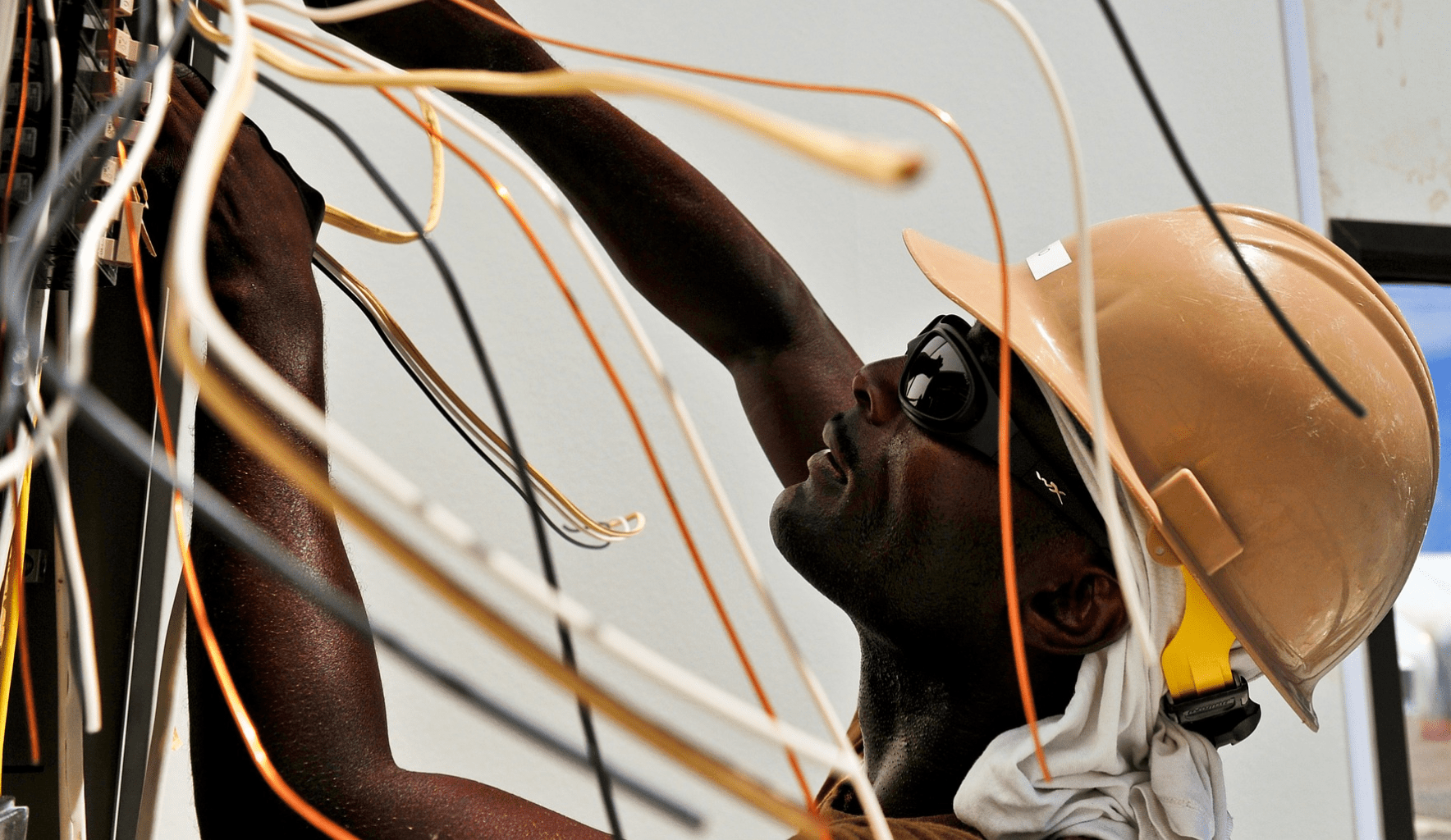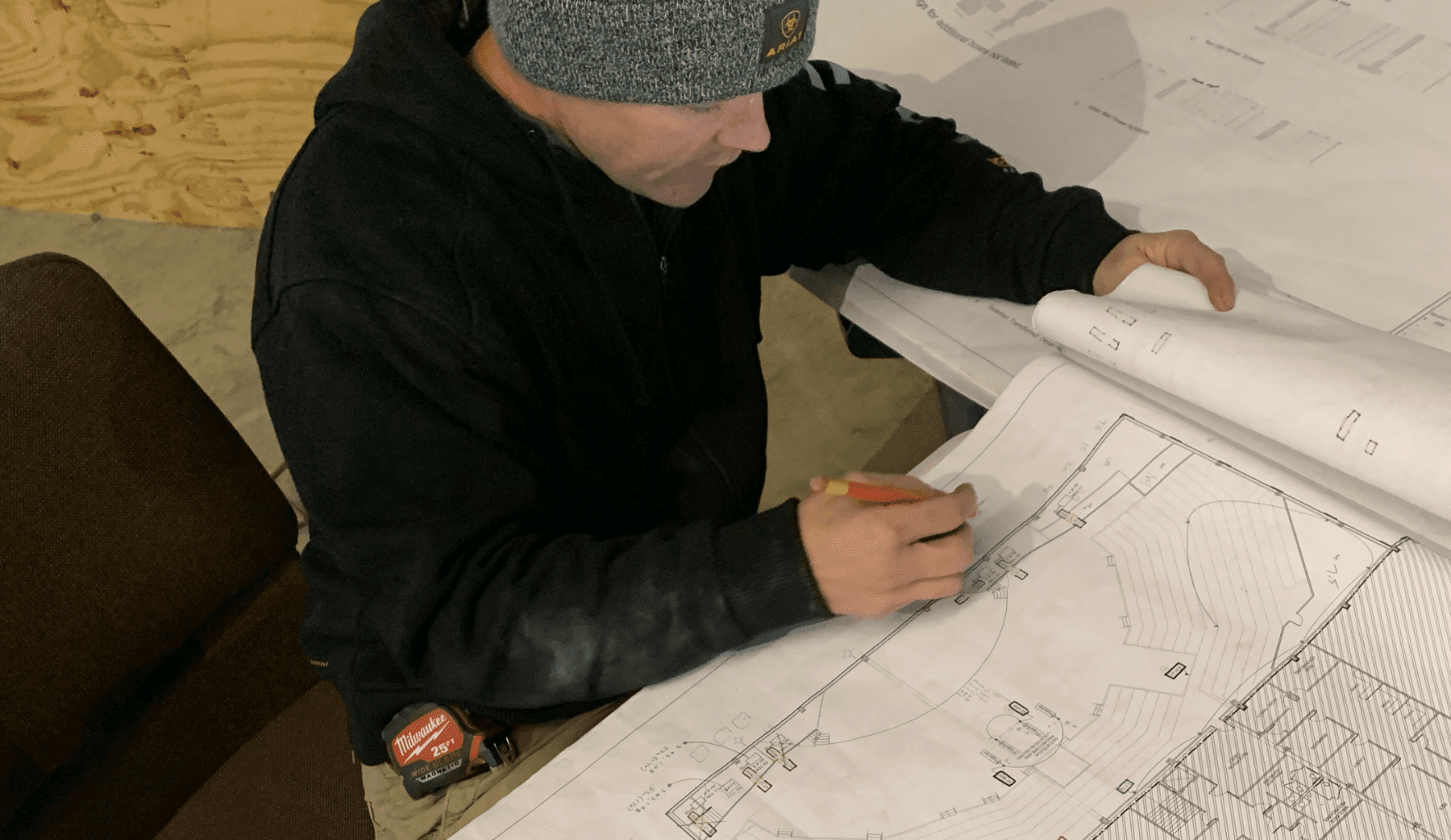The term “Electrical Service” can be confusing for many electricians. What does it consist of? Why are there different sizes? Why do we have overhead and underground services? Where does the service start/stop and where does the building power take over?

Understanding the Basics
In the simplest terminology. To put it simply, the electrical service is the point at which power from the utility enters the residence/structure. Usually, this takes the form of a utility transformer, which steps down the power to something we can use (say 120/208v or 277/480v). That transformer consists of a primary side (coming from the power generating station) and the secondary side (that which is at a much lower voltage) going to the building itself. As with all electrical circuits, each side of the transformer consists of a complete loop (or circuit) that allows the flow of electrons to return to its source.
Additionally, different sizes of loads require different sizes of services. So take a house as an example, it isn’t as large a structure and may only require a service ranging from 125a to 200a. Alternatively, based on its size and power requirements, a commercial building can harness a service extending up to thousands of amps.
Furthermore, something to consider is the ground. Electrical services do not have a grounding conductor with them (normally). We derive the ground at the point of utilization. In other words, once the utility has brought power TO the structure, THEN we bond our neutral point in the service to the earth so that a safe alternate grounding path is available for the circuit to return to its source and trip a breaker or blow a fuse.
Residential vs. Commercial
Generally, most utility companies distribute power in three-phase, using two phases for single-phase installations like residences or smaller commercial spaces, and all three phases for larger commercial or industrial applications. Most residential power circuits do not require three-phase to operate, so the utility doesn’t typically send three-phase to residential neighborhoods. For efficiency in operating various elements like lights, motors, receptacles, and equipment, commercial or industrial installations require three-phase power
When it comes to grounding the system, there are 3 basic items to remember. The Grounding Electrode is the item used to connect the system to Earth – like a ground rod, grounding plate, or Ufer ground. The Grounding Electrode Conductor physically connects the Grounding Electrode to the entire electrical system, usually in the form of a wire. Without this, the system couldn’t establish a connection to the Earth.
The Equipment Grounding Conductor is what we would normally associate with the ground wire connecting our electrical equipment together. Its purpose is to bind all our equipment together, providing a safe alternate grounding path for everything on the system.

From Overhead to Underground: Evolution of Electrical Service Installations
Overhead and underground services are available, and you will see both used frequently. While newer installations will often put the service underground, the older neighborhoods typically use overhead. Aesthetically, it is much more pleasing to the eye not to have to see the overhead wires and poles. Technology/equipment have become much better in recent years to allow us to dig them in. Code does not consider the meter itself part of the electrical service. This is where the utility measures the electricity usage and determines the charges accordingly. This is most- often referred to as utility equipment. Per NEC 2023 230.66(B) “Meter sockets shall not be considered service equipment but shall be listed…” This means where an electrical service “begins” is typically at the first disconnecting means after the meter.
The size of the service will depend entirely on what you intend on providing power to, or have the potential to provide power to via expansion. Increasing circuit and amperage needs will require larger conductors, panels, and meters. There are a few different ways to determine what is needed for your installation.
In the video below, Dustin goes more in-depth into how electrical service works and explains electrical service panels. If you’d like to know how to size electrical services we’ve written two articles on sizing using the “standard method” and “optional method” we think you’ll find extremely informative.





